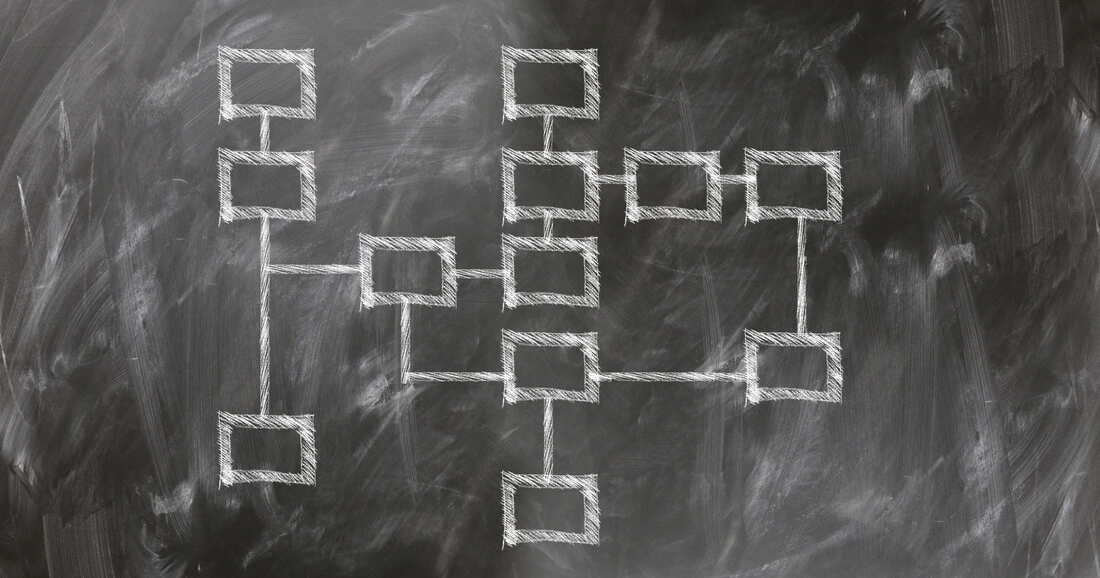 In order to be effective in any endeavor it is very helpful to have categories. Categories help you organize information, see patterns, and simplify decision making. We see this in many areas of the world. In biology there are creature classifications utilizing phylums, and classes all the way down to genus and species. In film making and literature there are classifications by genre so you can easily find the type of media you want to experience. Even in healthcare there are categories of diseases and treatments to match those diseases. I say all that to highlight the fact that we use categories, rank orders, and classification systems all the time. In the world of physical therapy there are also several classification systems. Understanding those classification systems and implementing them in my daily practice is probably one of the greatest improvements I've made in treating patients more effectively and improving my patient outcomes. When you use a classification system in physical therapy it allows you to match certain movement problems to the best subset of exercises or helpful movement patterns. In other words, it allows you to be much more specific in your treatment. That specificity usually translates to quicker improvement and higher patient outcomes. Gone are the days of blanket home exercise programs for joint pain problems. That methodology is not sufficient nor very effective. So I would encourage you to explore the literature about classification systems. I will give you two common orthopedic classification systems that I believe are effective. Clinical Prediction Rules. There are host of clinical prediction rules in the literature and many are joint specific. For example, there is a classification for back pain that includes directional preference, instability, manipulation, and traction. These types of algorithms take examination information and funnel you to the most evidenced based approach based on what you are seeing. These types of systems are also available for shoulder, hip, etc. Mechanical Diagnosis and Therapy Classification. This is the categorical system that I use. It is simple, easy to understand and easy to explain to patients. It is commonly called the McKenzie method and it also utilizes four different classification including Derangement, Tissue Dysfunction, Posture or Other. Again, the system allows you to take a pain problem and through examination match it to the most appropriate movement. So begin to improve your mechanical clinical decision making by researching and adopting a classification system. And lest you become disheartened because you specialize in neurological rehab, there are validated treatment patterns for different issues like stroke or Parkinson's Disease that can also improve your results. I would love to hear about more specific treatment classifications in the neurological rehab world and other rehab worlds since I am on orthopedic specialized therapist. Comment or send me a letter! The bottom line, however, is that if you want to improve your therapy practice, then start classifying! You and your patient's won't be disappointed! I'm curious to know what's one thing that really improved your clinical practice? Comment or contact me via "Letters to the Editor"! Jason
1 Comment
|
Awesome ResourcesThe Gospel at Work Archives
May 2024
Categories |
 RSS Feed
RSS Feed